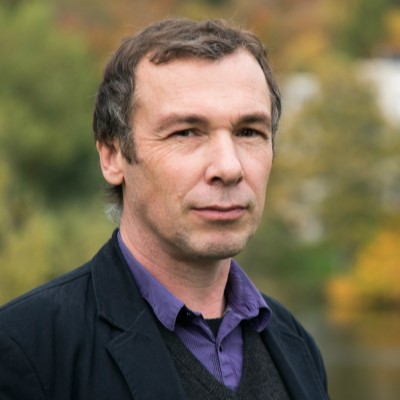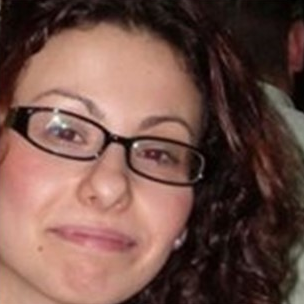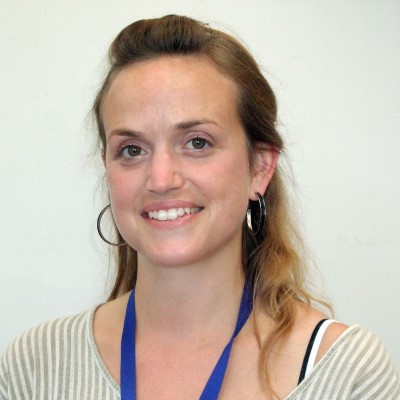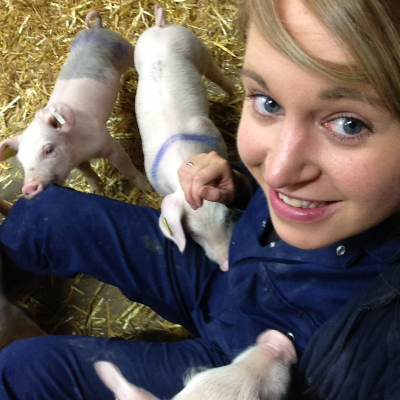CIEL | Meet the Scientist
Dr Brian Quinn
Head of Mass Spectrometry

What projects are you currently working on?
I’m currently researching two major projects: The first involves finding the country of origin for commercial soybeans. Two of the soya project’s main goals are to determine the country/region of origin where they were grown in, and if they have been grown in a recently deforested area.
The second centres on untargeted analyses of animal feeds. After the zilpaterol scandal in horse feeds, we started running untargeted analyses on different commercial feeds to see what non-regulated compounds, such as pesticides, mycotoxins, veterinary drugs, etc. were present in different animal feeds. We are improving our workflows and ability to screen these feeds for customers.
What capability are you drawing on to deliver your research?
I have worked as a scientist for over 30 years, and much of what I draw upon are past experiences with many different matrices and target compounds. During my career, I have had the chance to witness the laboratory instruments we use become vastly more sensitive and more reliable. These positive changes make our lives as researchers so much easier when conducting experiments on food and feed.
The ASSET (‘Assured, Safe and Traceable’) Centre within the IGFS provides leading platforms to facilitate increasingly rapid identification of feed and food contamination and adulteration. The equipment is among the most specialist in a UK university and was possible due to the partnership with CIEL, thanks to the support of Innovate UK, and Invest NI, through the European Regional Development Fund, as well as instrument manufacturers.
What would be your ideal research project assuming no barriers to resources?
Great science conducted in laboratories needs three things – good people, good instrumentation, and good funding.
First, I would pick my team from the most amazing scientists I have worked with over the years, and ensure I had the instrument platforms available to tackle my research project. I would like to conduct research on the chemical fingerprints of most every animal feed shipment in the world to tie it to the country/region of origin, and also assess it for fraud or contamination. This research would increase feed safety, animal health, and human health if adopted globally, because feed producers/sellers would be aware that all shipments would be monitored, and contaminated or low-quality feeds would be traced back to them.
How did you arrive at doing what you do now?
For the first 12 years of my career, I conducted research to help register pesticides to the US Environmental Protection Agency. First, I worked with the environmental fate of compounds in soil, water, and sunlight; and second, I worked for a group called IR-4 that registered pesticides for minor-use crops.
My graduate work encompassed endocrine disruption compounds in pulp and paper mill effluent. Comparing compound concentrations in effluent to bodily fluids and physical changes in different fish species helped guide waste treatment options for the industry.
After graduate school, I was lucky to garner a postdoc with the USDA working on what attracts, repels, and kills flies and mosquitoes. We worked with human, bovine, equine, and poultry skin emanations and tested these compounds against different species of flies and mosquitoes. I also had the chance to look at compounds found in native Florida plants in hopes of discovering new mosquito repellents.
When my postdoc ended, I went to work for a company that built its own device to measure human breath. Our main goal was to add a compound to medications and, after they were swallowed, we would measure a metabolite of the added chemical to ensure the medicine was taken.
From there I worked as a consultant for an ecological services company, until I moved to Northern Ireland. My passion in Florida was the amazing breadth and diversity of native flora, so I worked with crews removing invasive plants from public lands to make sure that none of the rare plants were affected by herbicide treatments.
Finally, I feel extremely lucky to be in the job I have now. Working as the Head of Mass Spectrometry in the ASSET Centre is a dream job. We have most mass spectrometry instrument platforms, so I have many tools to choose from when designing research projects. What is more important is that I have an amazing research group surrounding me. Our group has a tremendous work ethic and their main goal is to put out the best science possible.
The ASSET Centre is at the forefront of food security research. Please can you explain how the Centre for Plasma in Agri-Food (AgriPlas) is helping you to maintain this position?
AgriPlas is a ground-breaking plasma research facility, developed between CIEL and the University, focusing on potential uses of the antimicrobial properties of cold plasma for livestock healthcare & biosecurity, food hygiene and shelf-life extension. We have worked closely with Dr Brendan Gilmore, Director of AgriPlas, and the wider team on a number of research efforts stemming from a BBSRC grant, including degradation of pathogens, antimicrobials, and pesticides. Reducing food contamination with cold plasma is an emerging and promising field of research that we will continue to pursue with AgriPlas. This cutting-edge technology offers the potential to transform commercial food production – reducing harmful chemicals and antibiotics in the food chain and lessening the threat of antimicrobial resistance (AMR).
Find out more about our Founding Research Member, Queen’s University Belfast.







